The art of film making has evolved since the era of silent movies. It involves subtlety, innovation, and most important of all trickery to confuse and stupefy the viewers. And sometimes, their tricks are so freaking genius we never even notice what hit us.
Psycho – The After-Image Technique
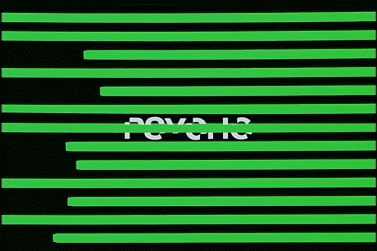
Gus Van Sant’s 1998 remake of Alfred Hitchcock’s original movie was flawed on many levels. But one thing we will give him is that the guy really tried his best to fill those huge shoes. More stress should be given to the use of camera techniques and visual tricks to fool the audience into a sense of eeriness and horror. The movie used a special after-image technique. The opening sequence of the movie shows a particular set of green lines. After a few seconds, the screen fades away to show opening credits. But we are left with a vision of blood red lines etched into our retina. The primary color of green, when stared at long enough, fools our brain into start seeing red lines. The same happens to us if the colors are inverted.
Also Read: Top 10 Jackie Chan Movies – Ranked
The Godfather – The Kuleshov Effect
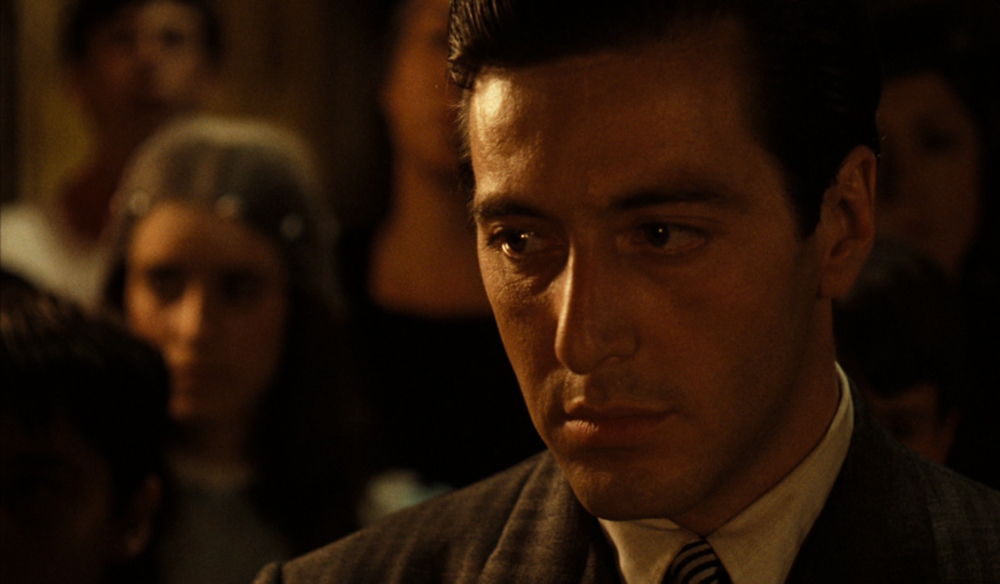
The Kuleshov Effect is used to show the same image of a man’s face with a changing background or a split-second change of scene with the image of the man’s face recurring for a few seconds. The shot involves pairing a person’s face with different images. This is a special technique that can be used to convey powerful messages by virtually doing nothing. In Godfather, the Kuleshov Effect was used in great detail to show the change in emotions of Al Pacino’s character. His facial expressions remained the same but we got what was conveyed crystal clear.
Strangers On a Train – Movement From Right to Left
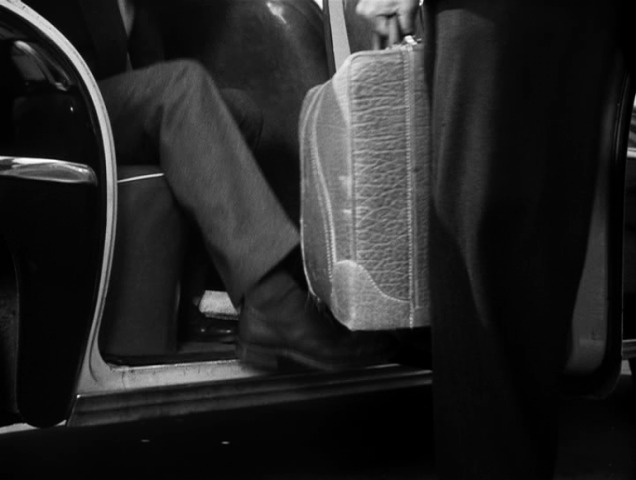
Human beings are social creatures. We are accustomed to doing things in a certain way. Anybody who tries to do it differently tries to change the natural order of things and within our mind, we start seeing that person in a negative way. When people walk, movement from left to fight is generally perceived by humans to be a benevolent act. If a person is moving from right to left, then it feels unnatural and thus we tend to associate negativity to that image. In Strangers On a Train, the good guy moves from right to left while the bad guy does it from the opposite direction.
The Dark Knight – Camera Angles Equal Power
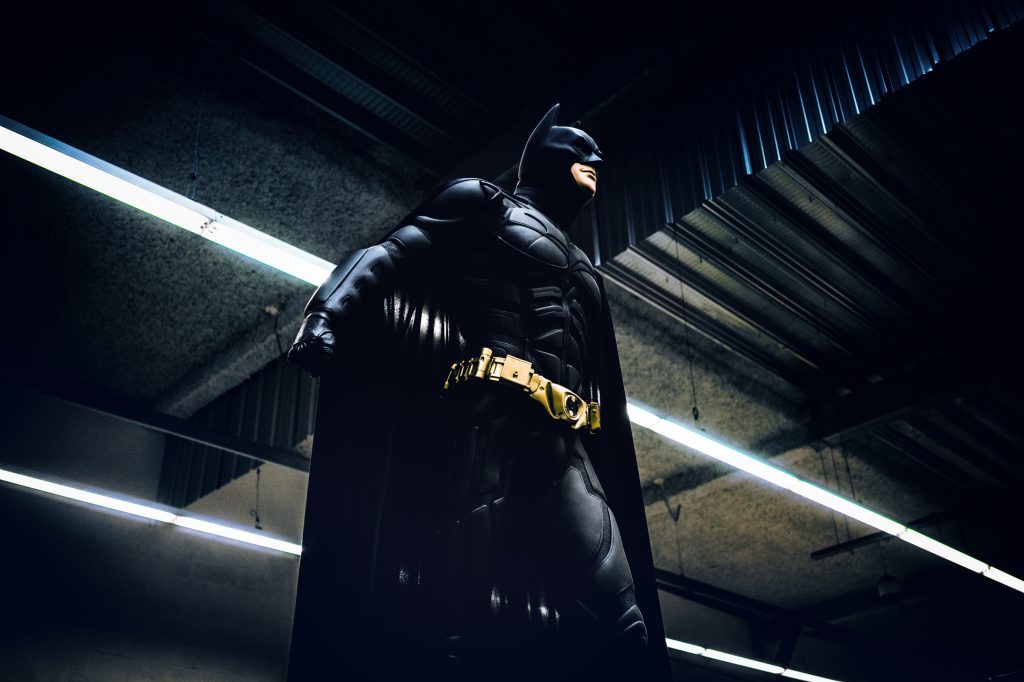
This technique has been used a dime a dozen. It involves moving the camera and changing the perspective of a view of a character. Every movie from The Dark Knight to Harry Potter and Reservoir Dogs has used this. A low camera angle can show a character to be weak, powerless and timid. A high camera angle does the opposite. It shows the character to be almighty and powerful. It can be used to show them as evil and sinister or heroic and noble.
Vertigo – The Dolly Zoom

The effect was so profoundly and proficiently used in the movie that the Dolly Zoom also came to be known as the Vertigo effect. The effect is achieved by keeping the center-piece, either an object or a character, still while zooming out. This creates a sense of uneasiness within the eyes of the viewers. The unsettling view gives rise to a momentary fake sense of vertigo. The unreal sensation is because the sight of the subject staying the same size while the perspective is distorted could not be digested by the brain as it defies logic.
Related: 15 of the Most Horrific BTS Secrets From Your Favorite Movies
The Shining – Uneven Layouts
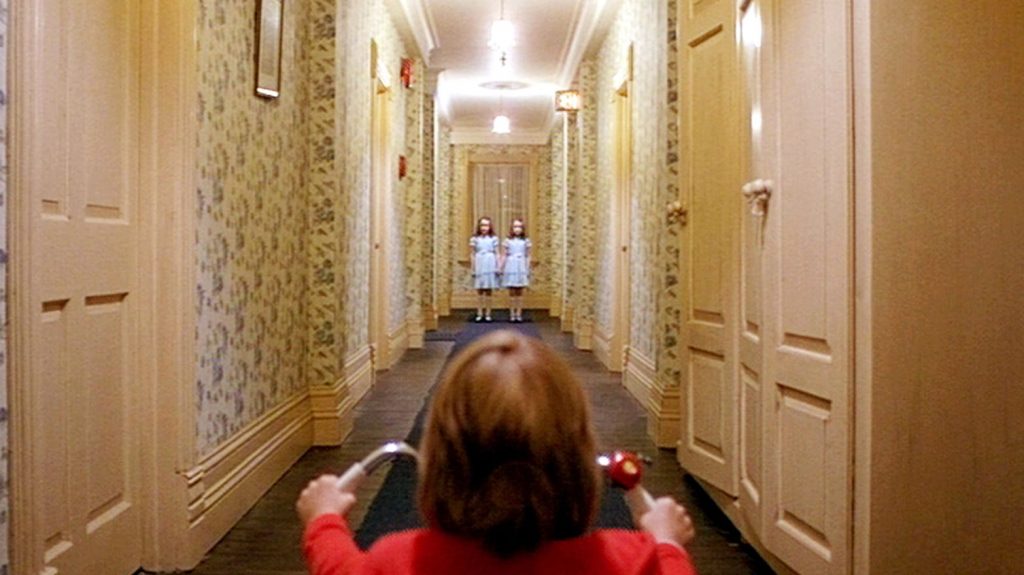
Stanley Kubrick really is a genius. He is a treasure whose works should be kept hidden deep inside the safest vault because they are absolute master-pieces. The Shining is probably his greatest work after 2001: A Space Odyssey. To make the movie get into the minds of his audience, Kubrick used an unconventional mind trick. He made the layout of the hotel uneven and asymmetric. We are accustomed to watching movies with exact and symmetric layouts. An uneven layout will disorient the viewer and make it look like they are in a dream. Kubrick twisted the technique to make it look like the viewers are inside a nightmare.
Sunshine – Subliminal Messaging
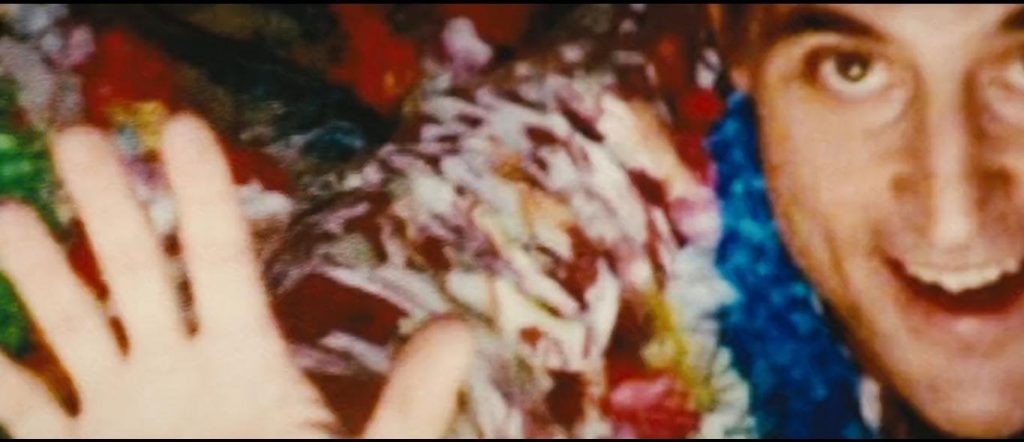
In the movie Sunshine, there are split-second images of the crew members of the previous ships’ crew members that flash and disappear in an instant. The images are of the crew of Icarus I, the doomed ship that was the first one sent to reignite the sun’s core. The flashing images are a technique known as subliminal messaging. They are too fast for us to make conscious thoughts so we more or less forget about it. But the images do register in our sub-conscious mind. These images linger around in our mind throughout the movie and influence our perceptions. Subliminal messaging is also used by advertisers in video ads to influence consumer behavior. It is an untested and unexplored field of neuro-psychology.
Jaws – Emotion Enhancement using Sound Notes
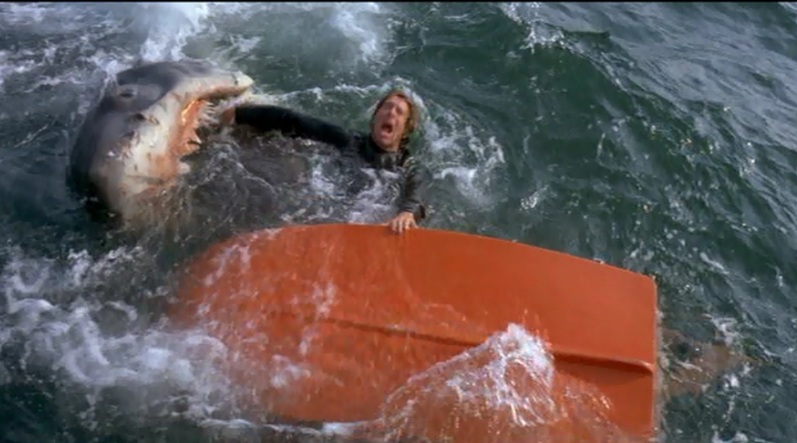
Sounds can be used to empathize with the audience. Major and minor keys, used wisely, can make or break a crucial scene. In the movie Jaws, major notes are used to indicate happiness and joy. The minor notes are used to signify a sad or depressing theme. The movie even used the element of transposition. The major key notes were transposed to minor notes in a particular scene where the Shark is just about to attack. It sounded exceedingly creepy not just because of the visuals but also excellent use of sound techniques.
Also Read: 9 Disturbing Facts About Our Favorite Horror Classics
Paranormal Activity – Infrasound
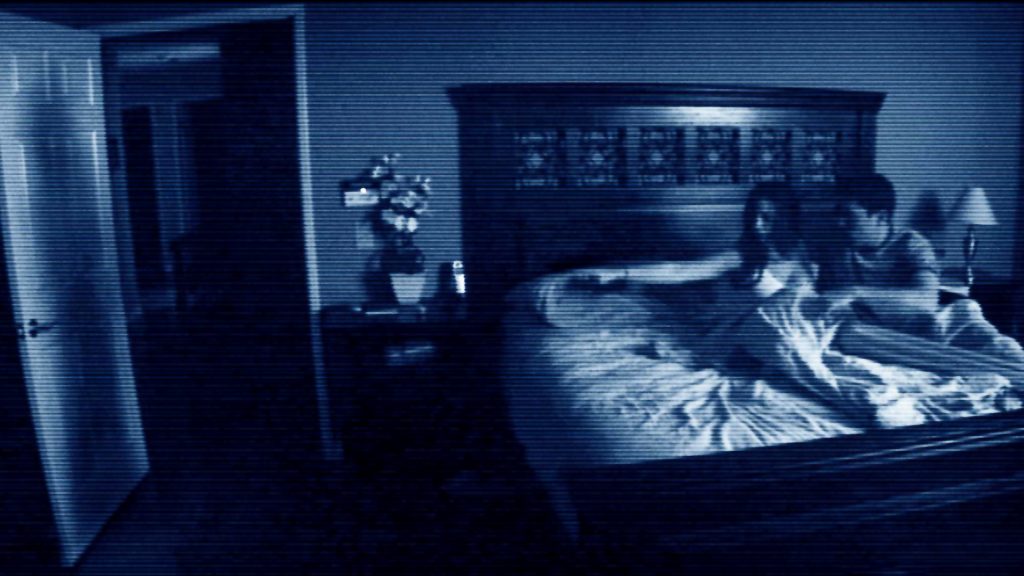
Infrasound is a highly bass sound that is almost inaudible to the human ear. It has a frequency that is lower than the 20 Hertz range. But it showed up in many horror movies, the most popular being 2002’s Paranormal Activity. The reason is that infrasound is dead scary. We do not know why but listening to infrasound gives us the same sensation of a volcano erupting or the sound of an apex predator. Some theories claim it is because infrasound produces vibrations powerful enough to vibrate our internal organs.
Citizen Kane – Deep Staging
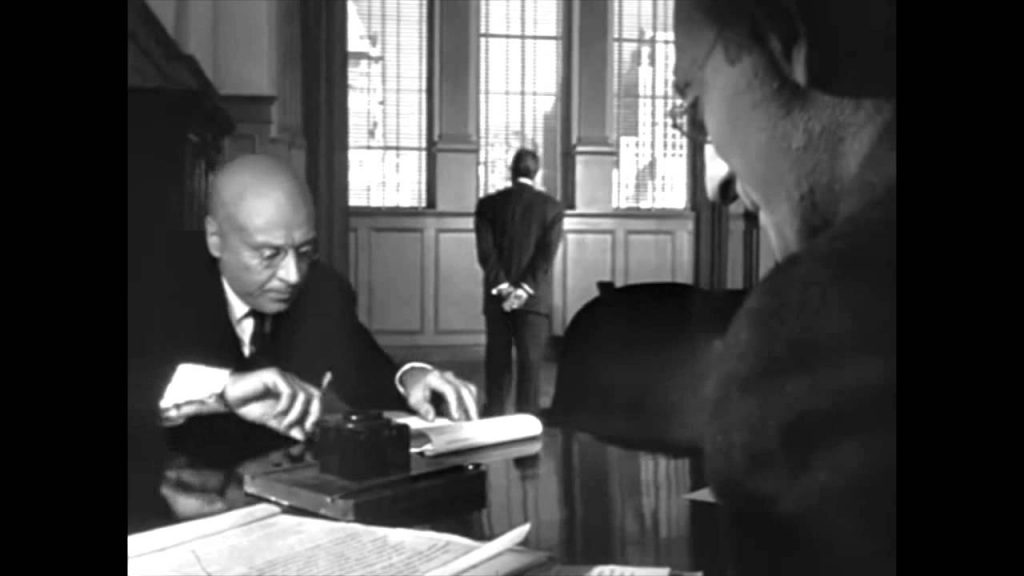
The technique known as Deep Staging or Deep Space became popular after it was used vividly in the 1941 movie Citizen Kane. Deep Staging involves using the depth of the background field to imply the intensity of a character’s situation. In a particular scene, the lead character was seen mourning his losses. He could be seen in the distance. As he gains a better footing and his situation becomes better, he comes closer. This symbolizes the character’s return to his original status of power.


